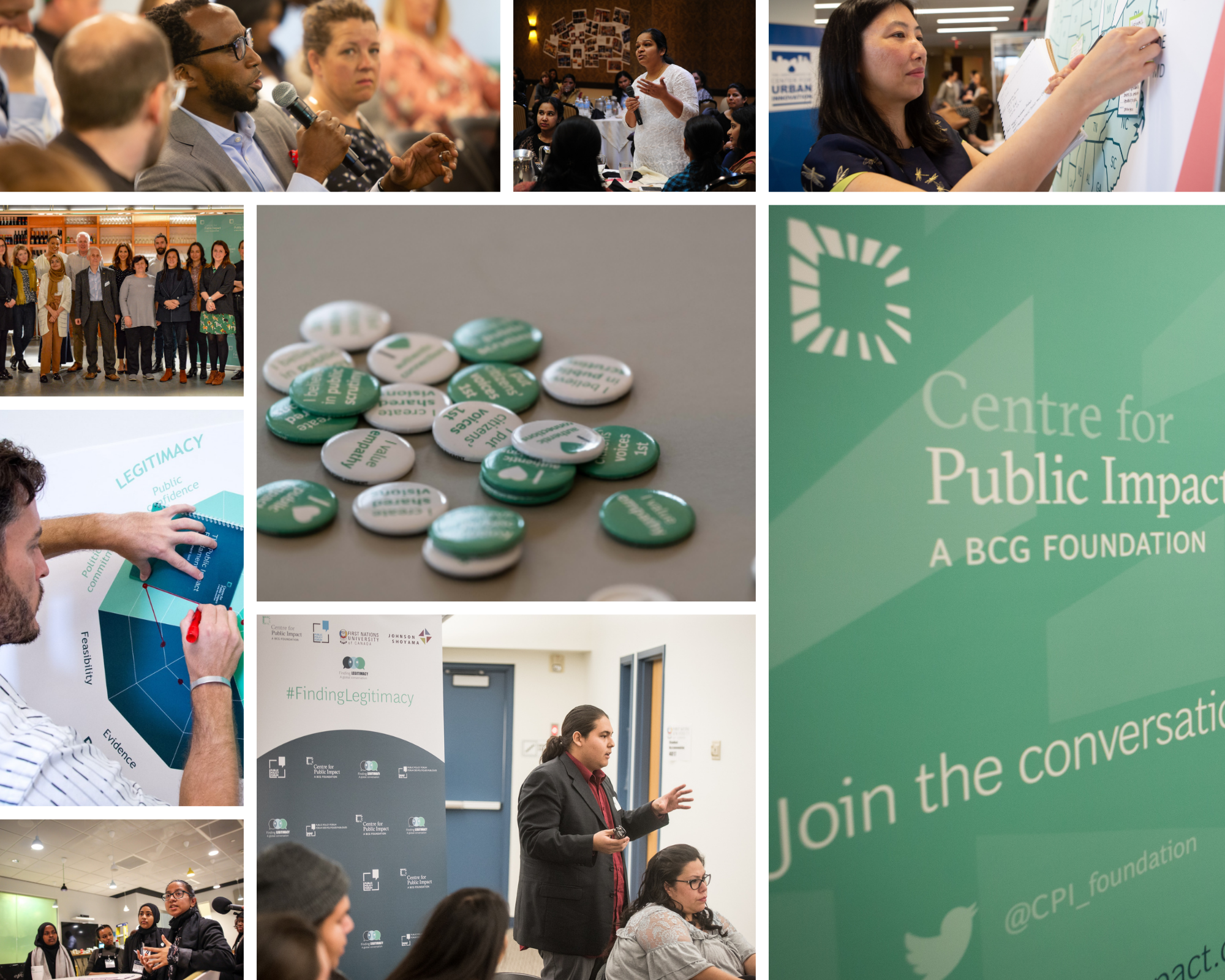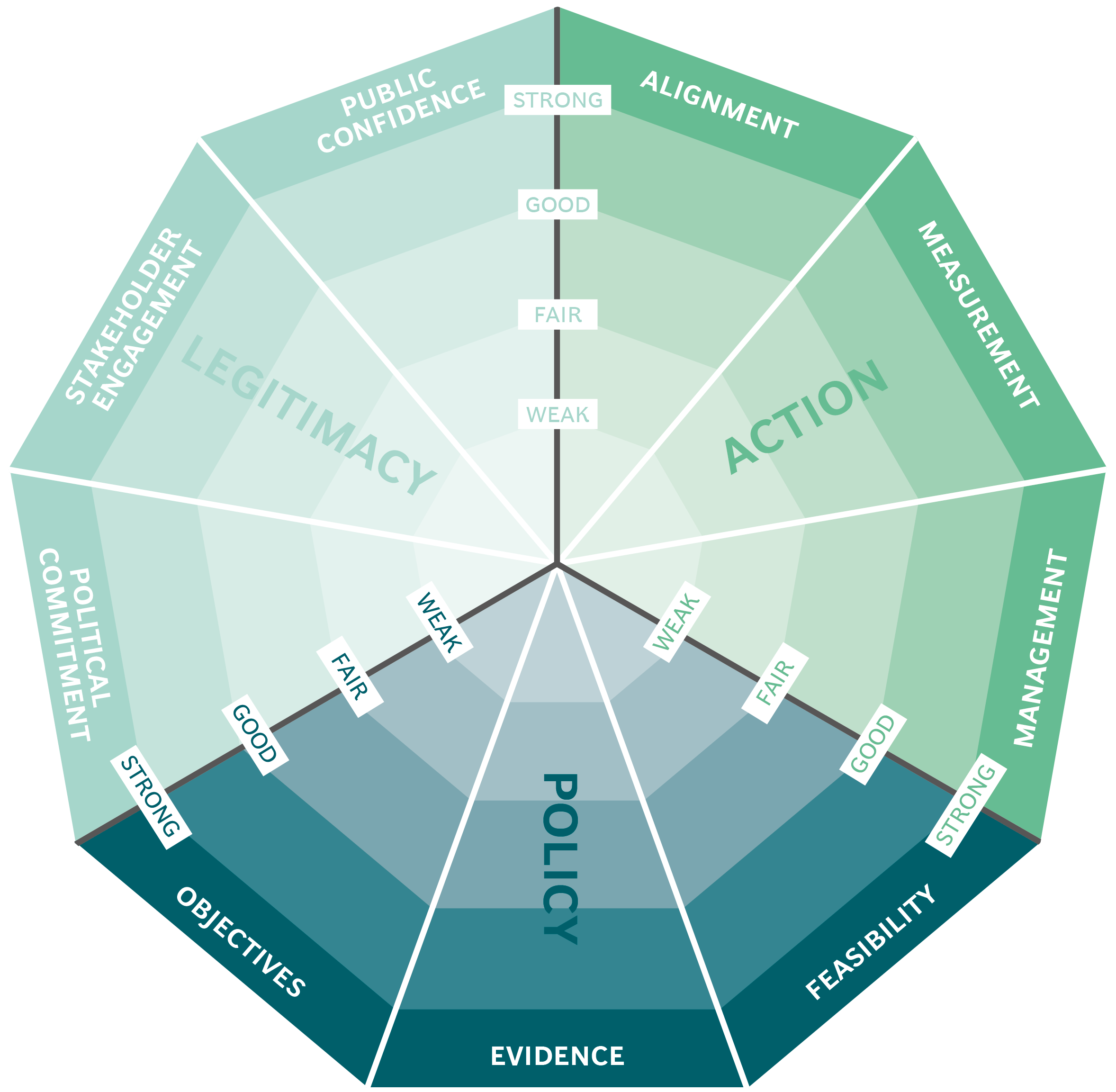
Waste-to-energy innovation in KwaZulu-Natal
The initiative
During the World Summit on Sustainable Development, hosted by South Africa in Johannesburg in 2002, officials from the Prototype Carbon Fund (PCF), a funding organisation managed by the World Bank, approached DSW to propose the development of a landfill gas utilisation project.
In 2003, the PCF began an assessment in South Africa to identify sound environmental projects to invest in. One of the outcomes was a collaboration with DSW to establish the Durban Landfill Gas to Electricity Project (LG2EP).
From 2003 to 2010, DSW worked with a range of local and international stakeholders to develop the LG2EP. It had two main objectives:
- To generate 10 Megawatts (MW) of electricity by using landfill gas from the La Mercy and Mariannhill landfill sites in eThekwini.
- To reduce greenhouse gas emissions by 700,000 Verified Emission Reductions (VERs) by the end of 2017.
The challenge
The South African city of Durban is part of the eThekwini Metropolitan Area (EMA) in the province of KwaZulu-Natal. It produces nearly 1.6 million tonnes of waste a year, the majority of which is disposed of in landfill sites.
In 1994, Durban Solid Waste (DSW), the cleansing and solid waste unit of eThekwini, looked at using the methane gas formed in the three Durban landfill sites to generate green energy. At the time the benefits of sustainable energy generation could not be justified because of the high capital costs. Although it was not considered to be feasible at the time, however, it was a project that the city hoped to revisit in the future.
The public impact
By early 2017, the LG2EP had already delivered nearly 2 million VERs, which represented which represented nearly three times its initial target. It also delivered more than SAR174 million worth of electricity. Though owing to the difficulty of extracting gas from La Mercy, the municipality ceased extraction efforts there in 2006. However, since then, the municipality has begun a new effort to extract gas from the Bisasar Road landfill. At the same time, they have reduced the initial target of 10MW to 7.5MW to ensure the project remains fiscally viable given the low price of carbon credits in the marketplace.
“The Mariannhill project has increased the City's waste disposal capacity. [1] The landfill receives roughly 2,000 tons of waste daily, which corresponds to just under half of the eThekwini Municipality's total daily waste production. Meanwhile, the Bisasar Road landfill receives approximately 1400 tons daily. The project successfully controls environmental impacts of land filling. It avoids soil contamination and water pollution, which formerly heavily burdened the city's sewage system.
“The gas-to-electricity plant reduces [greenhouse gas] emissions. For example from 2012-2013, emissions were reduced by 33,851 tons of CO2, while producing between 450,000 and 650,000 kWh of electricity per month, providing electricity for approximately 500 households.”
Stakeholder engagement
The internal stakeholders of the project are eThekwini Municipality (EM) and the University of KwaZulu-Natal. EM is implementing and developing the LG2EP, while the university provides advanced research and design capacity. “Because of DSW's advanced research collaboration with the University of KwaZulu-Natal Natal into the management of landfill gas emissions ... [EM was] the first South African municipal authority to be approached by the World Bank.” [2]
The external shareholders include the PCF, several international corporations, and a number of national governments, namely Canada, Finland, the Netherlands, Norway and Sweden, which provide contributions to the PCF.
Political commitment
This project is being developed by EM, which is supported by the provincial and federal governments, in part because it addresses the wider environmental issues in a constructive way. John Parkin, Deputy Head of Engineering at Durban Solid Waste, said political support, particularly from top City officials, was crucial. “We would have never gotten this project off the ground if the city manager at the time had not fully supported it,” said Parkin. However, the national government, though supportive, wasn’t quick to convince. “They were very hesitant to give authority because they had never seen it before other than in America and Europe,” said Parkin. “So they didn’t really know what to put into the regulations and what the requirements were.”Public confidence
The residents of Durban and environmental groups were initially hostile to the development. The Wildlife and Environment Society of South Africa (WESSA) was particularly active in resisting the project. “In 1997, a full Environmental Impact Assessment (EIA) was completed and the Department of Solid Waste was granted the authorisation to exploit the site despite public opposition. In order to address popular concerns, the Solid Waste Department held a discussion with WESSA and commissioned a horticultural consultant to provide a project proposal to control the adverse consequences of waste management on the environment. Public consultation and collaboration between the DSW and WESSA helped reach a consensus among all parties involved and was key to realizing the project.” [3] “The community around the landfill sites was trying to negotiate the best deal they could - they wanted to know what was in it for them,” recalled Parkin. “At first what they didn't understand that we needed the landfill site to remain active to extract the gases. In fact, they told us they'd agree to the extraction of the gas if we closed the landfill. We said that's not really a benefit to us because if you stop fueling the landfill site then there's not much point trying to extract the gas.”
Members of the local community are involved in monitoring the landfill sites, and schools organise visits there to study biodiversity, which suggests that the community is now more supportive of LG2EP.
Clarity of objectives
The objectives of the project (see The initiative) were clear, time-bound and measurable, i.e., generating 10MW of electricity through renewable sources, together with a 700,000 VERs reduction in greenhouse gas emission by the end of 2017.Strength of evidence
The LG2EP consists of the collection of landfill gas from two sites (La Mercy and Bisasar Road Landfill) which is then used for the green generation of electricity. Originally, the two sites were Mariannhill and La Mercy. However, La Mercy proved unviable because high levels of moisture in the ground made extracting gas particularly difficult and costly. Because of an appeal against the project, Mariannhill and La Mercy were initially authorised to proceed as pilot projects. “The Mariannhill installation was a pilot in the true sense, and was a very steep learning curve for the municipality.” [4] After the evaluation of air quality, the restriction on the use of the landfill sites was lifted.
There are examples of countries that operate similar projects (e.g., Sweden imports some waste to run its waste-to-energy programme), but there is no evidence on whether South Africa's initiatives were inspired by them. It was the first project of its kind in Africa, so there were no examples to follow locally.
To set targets, policymakers consulted with two companies in America that were engaged in similar extraction activities. Parkin and his team also used specialised computer programmes. “We were very conservative because we weren't quite sure of how accurate the programs were,” recalled Parkin of the computer software.
Feasibility
The LG2EP is financially sound, thanks to World Bank funding. The eThekwini municipality also saw an opportunity to generate income from the LG2EP to fund the management of the landfill sites.
Its technical feasibility was established through the pilots and there was a gradual approach to increasing the volumes of waste being processed. Mariannhill currently has 19 vertical wells and 26 horizontal wells, though most vertical wells have been decommissioned since they've stopped producing gas. Meanwhile, Bisasar has 65 vertical and 77 horizontal wells. Most of the gas is collected from the horizontal wells.
South Africa has specific regulations and guidelines in place governing solid waste. Regulations were followed and kept in mind while designing the project, addressing the legal issues. The environmental feasibility was addressed during the pilots. “All the construction activities and their likely environmental impacts [was] managed as part of the Environmental Management Plans (EMPs) that have to be produced for each of the sites and through the implementation of eThekwini Municipality's ‘Standard Environmental Management Plan for Civil Engineering Construction Projects'.” [5] In addition, the local authority has signed an Emission Reductions Purchase Agreement (ERPA) with the PCF.
Management
The landfill sites are operated by DSW staff and come under the day-to-day management of the municipal authority’s Plant and Disposal Branch. At a different level, a monitoring committee, consisting of all levels of government officials and the public, meets on a regular basis to ensure that the standards set out in the permit given to the site are met. At a higher level, there is the involvement of the PCF.Measurement
The outcome of the project is clearly measurable, as set out in the LG2EP’s objectives for 10MW power generation and 700,000 VERs emission reduction. In early 2017, the project surpassed both targets. Much of the success was owed to outputs from Mariannhill.Alignment
The major actor is the EM, which oversees the landfill sites for the project. The main external actors are World Bank’s PCF and the federal government who were involved in the original assessment. The World Bank is the major funding organisation and continues to report on outcomes, as does the UN Clean Development Mechanism on outcomes for the purposes of carbon credit assignation. The cooperation between the main internal and the main external stakeholders is indicated by the ERPA signed by the two parties (see Feasibility above).Bibliography
Interview to: John Parkin, Deputy Head of Engineering, Durban Solid Waste (DSW)

The Public Impact Fundamentals - A framework for successful policy
This case study has been assessed using the Public Impact Fundamentals, a simple framework and practical tool to help you assess your public policies and ensure the three fundamentals - Legitimacy, Policy and Action are embedded in them.
Learn more about the Fundamentals and how you can use them to access your own policies and initiatives.
You may also be interested in...


Mexico City's ProAire programme

Urban agriculture in Havana

The eco-friendly façade of the Manuel Gea González Hospital tower in Mexico City

Primary education management in Madagascar
